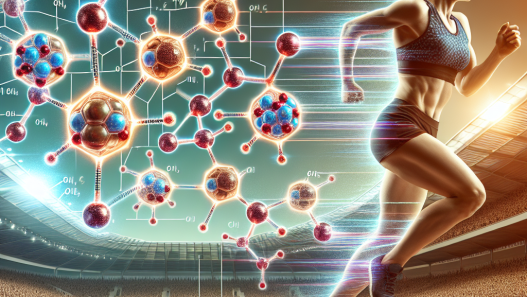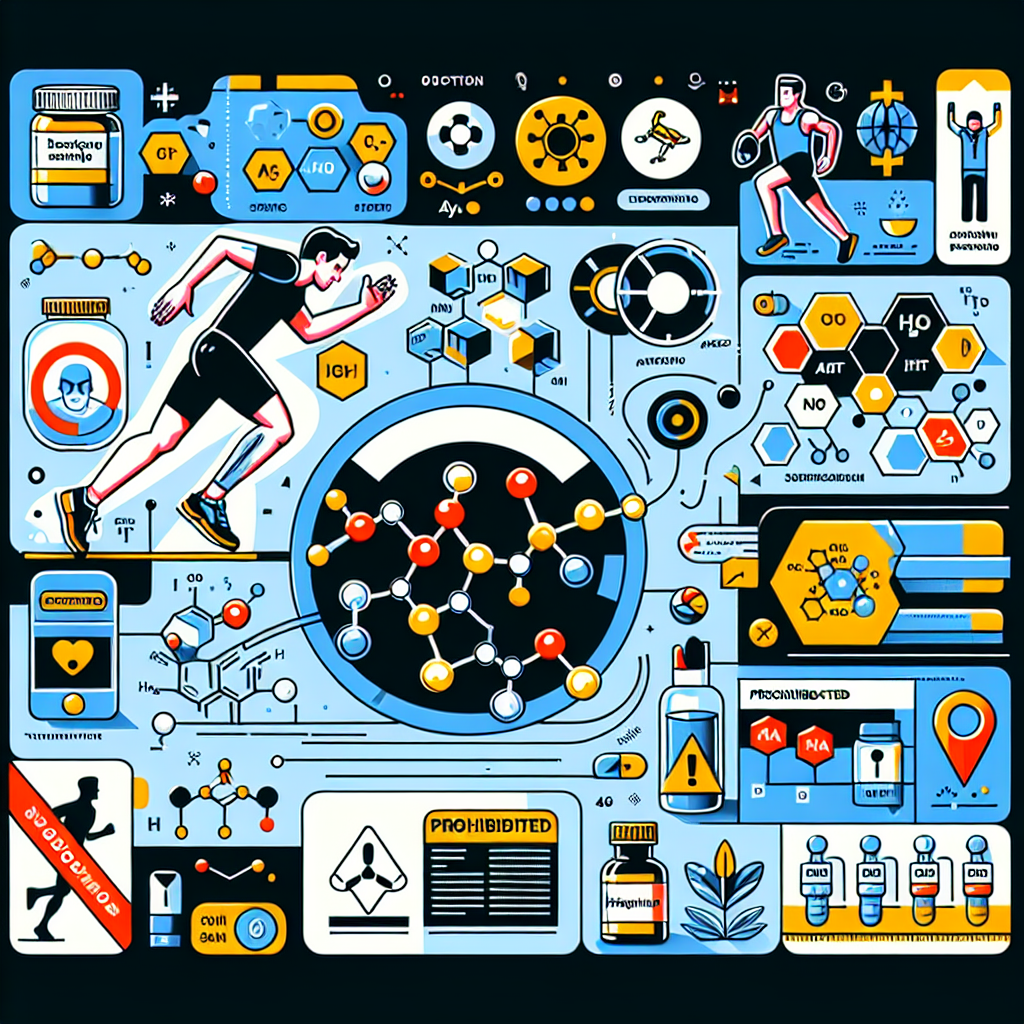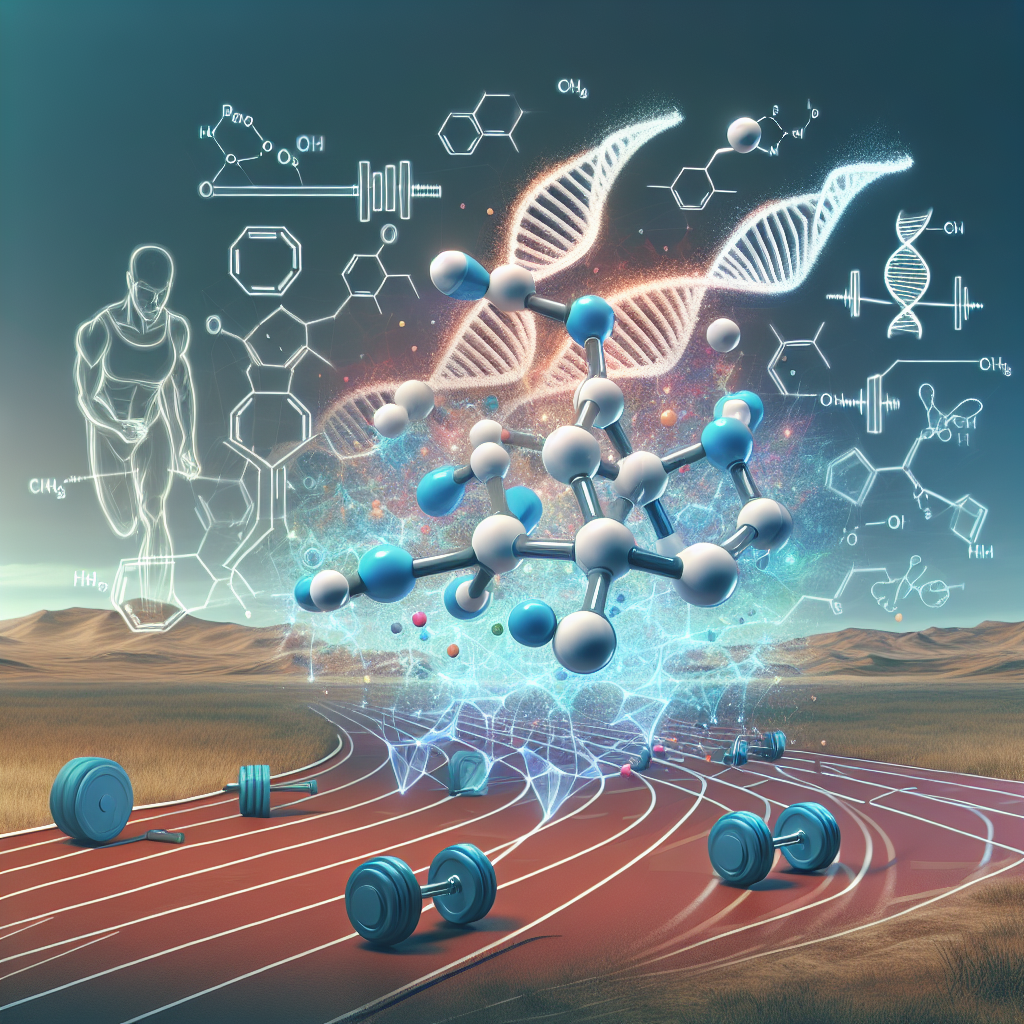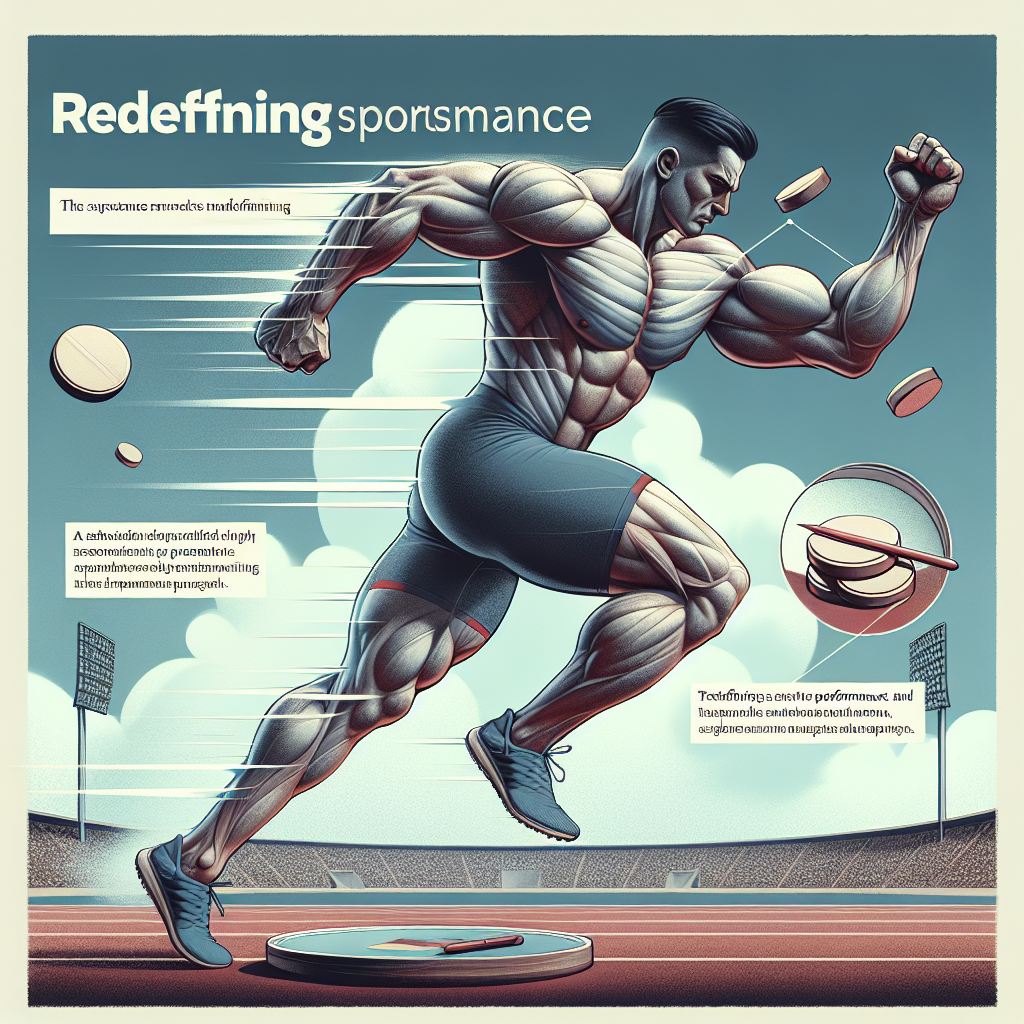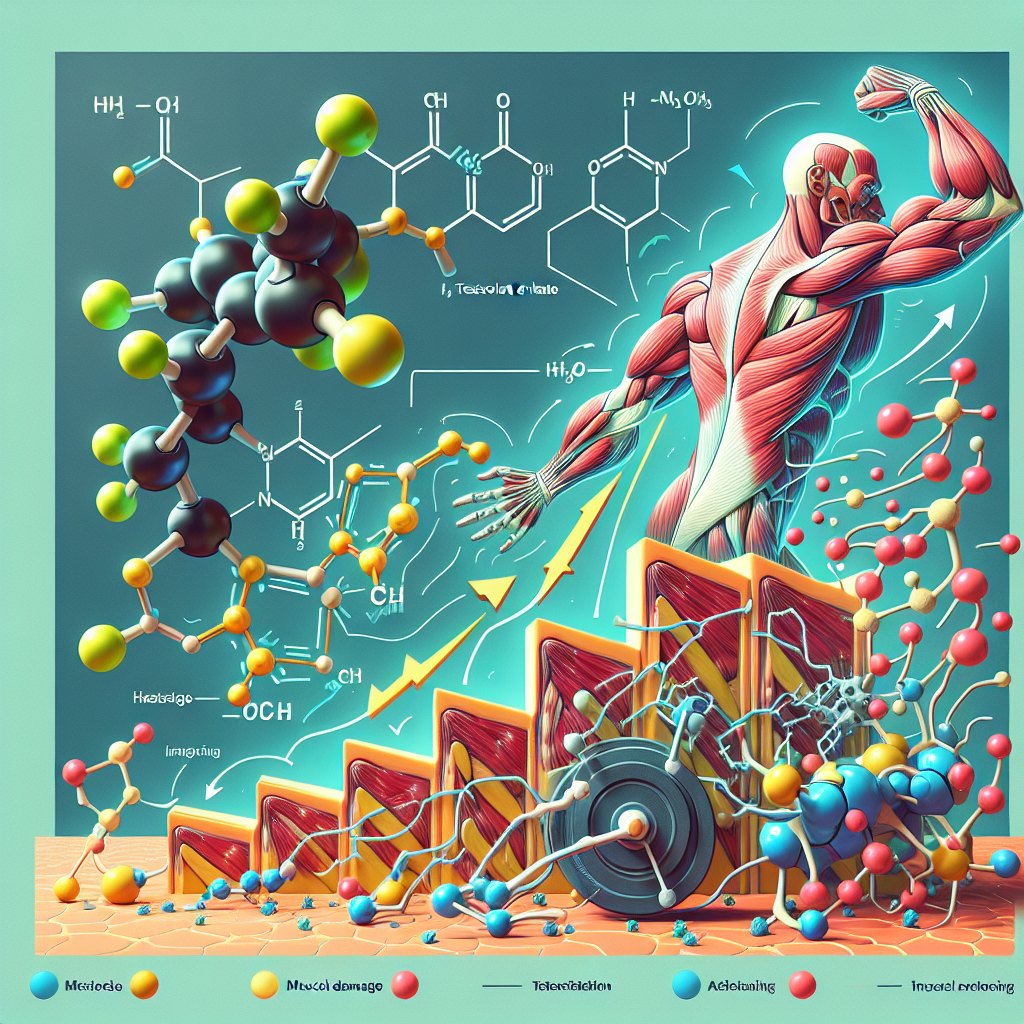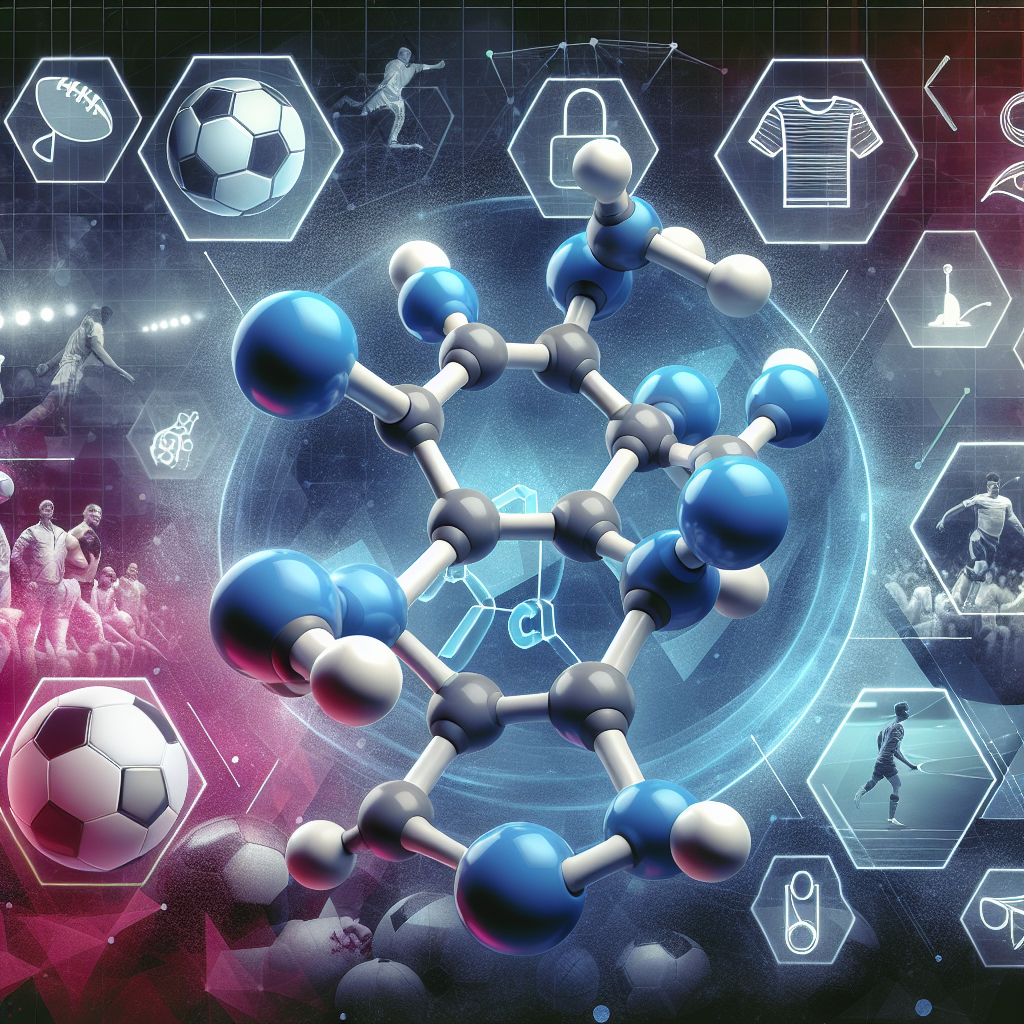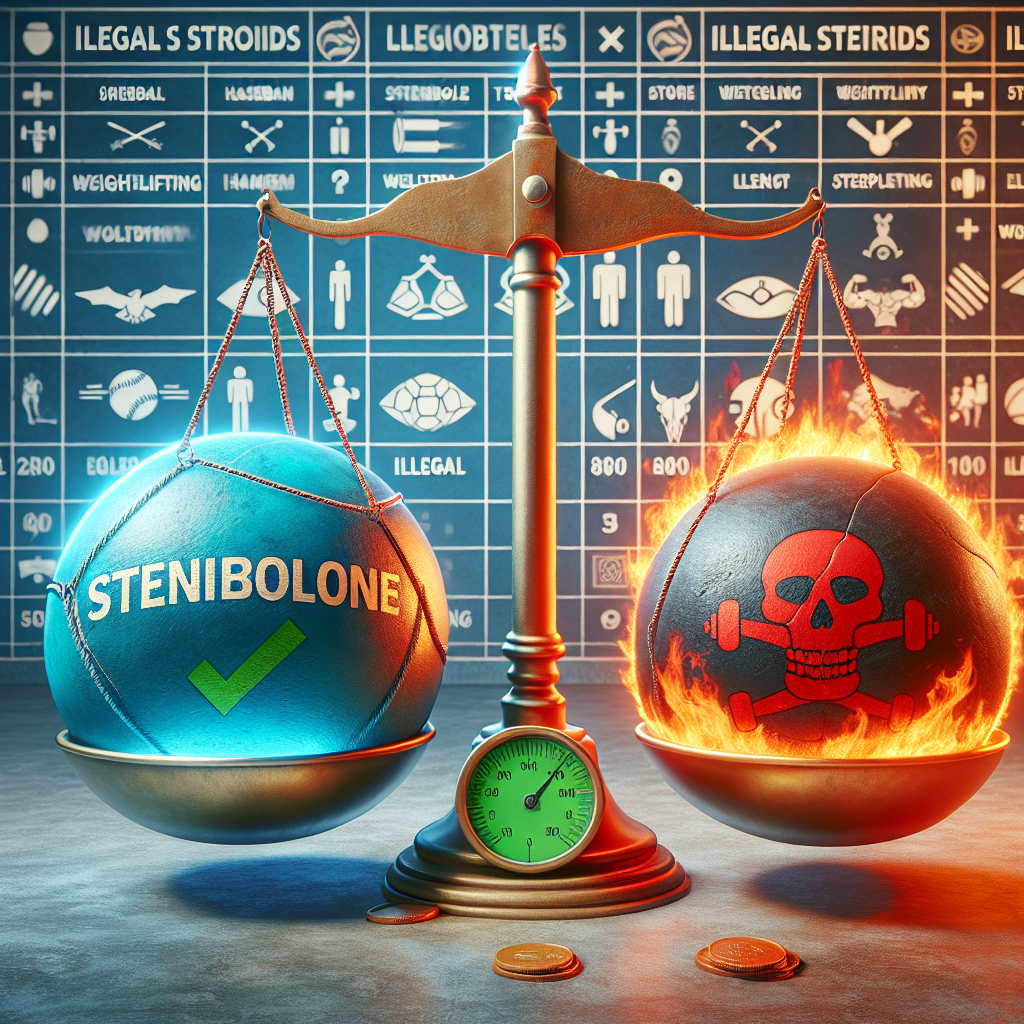-
Table of Contents
Trestolone Acetate and Sports Doping: Comprehensive Overview
Sports doping has been a controversial topic in the world of sports for decades. Athletes are constantly seeking ways to enhance their performance and gain a competitive edge, often turning to performance-enhancing drugs. One such drug that has gained attention in recent years is trestolone acetate, also known as MENT. This article will provide a comprehensive overview of trestolone acetate and its use in sports doping, including its pharmacokinetics, pharmacodynamics, and potential risks.
What is Trestolone Acetate?
Trestolone acetate is a synthetic androgen and anabolic steroid that was originally developed for use in male contraception. However, it has gained popularity in the bodybuilding and athletic communities due to its potent anabolic effects. It is a modified form of the hormone nandrolone, with a 7-alpha-methyl group added to increase its anabolic activity and reduce its androgenic effects.
Unlike other anabolic steroids, trestolone acetate is not converted into estrogen in the body, making it a popular choice for athletes looking to avoid estrogen-related side effects such as gynecomastia. It also has a longer half-life compared to other steroids, allowing for less frequent dosing.
Pharmacokinetics of Trestolone Acetate
Trestolone acetate is typically administered via intramuscular injection, with a recommended dosage of 50-100mg every other day. It has a half-life of approximately 8-12 hours, meaning it stays in the body for a relatively short amount of time. This short half-life requires frequent dosing to maintain stable blood levels.
After administration, trestolone acetate is rapidly absorbed into the bloodstream and reaches peak plasma levels within 24 hours. It is then metabolized by the liver and excreted in the urine. The exact metabolism and elimination pathways of trestolone acetate are not well understood, as there is limited research on its pharmacokinetics in humans.
Pharmacodynamics of Trestolone Acetate
Trestolone acetate exerts its effects by binding to and activating androgen receptors in the body. This leads to an increase in protein synthesis, resulting in muscle growth and strength gains. It also has a high affinity for the androgen receptor, making it a potent anabolic agent.
In addition to its anabolic effects, trestolone acetate also has androgenic effects, such as increased facial and body hair growth, deepening of the voice, and increased libido. However, these effects are less pronounced compared to other steroids due to its low conversion to dihydrotestosterone (DHT).
Use of Trestolone Acetate in Sports Doping
Trestolone acetate is not approved for human use by the Food and Drug Administration (FDA) and is classified as a Schedule III controlled substance in the United States. However, it is still widely used by athletes and bodybuilders as a performance-enhancing drug.
One of the main reasons for its popularity is its ability to increase muscle mass and strength in a short period of time. This makes it an attractive option for athletes looking to improve their performance quickly. It is also believed to have a lower risk of side effects compared to other steroids, making it a preferred choice for some individuals.
However, the use of trestolone acetate in sports doping is prohibited by most sports organizations, including the World Anti-Doping Agency (WADA) and the International Olympic Committee (IOC). It is listed as a banned substance under the category of anabolic agents, and athletes who test positive for trestolone acetate may face serious consequences, including suspension and loss of medals or titles.
Risks and Side Effects of Trestolone Acetate
While trestolone acetate may have some advantages over other steroids, it is not without its risks and side effects. Like all anabolic steroids, it can cause adverse effects on the cardiovascular system, including an increase in blood pressure and cholesterol levels. It can also lead to liver damage and kidney problems if used for extended periods or at high doses.
Other potential side effects of trestolone acetate include acne, hair loss, and mood changes. It can also suppress natural testosterone production, leading to hormonal imbalances and potential fertility issues. Long-term use of trestolone acetate may also increase the risk of developing prostate cancer.
Conclusion
Trestolone acetate is a potent anabolic steroid that has gained popularity in the world of sports doping. Its ability to increase muscle mass and strength quickly makes it an attractive option for athletes looking to gain a competitive edge. However, its use is prohibited by most sports organizations and carries significant risks and side effects. As with any performance-enhancing drug, the use of trestolone acetate should be carefully considered, and individuals should be aware of the potential consequences before using it.
Expert Comments
“Trestolone acetate is a powerful anabolic steroid that has gained popularity in the sports world due to its potent effects on muscle growth and strength. However, its use is prohibited by most sports organizations, and individuals should be aware of the potential risks and side effects before using it. As with any performance-enhancing drug, the decision to use trestolone acetate should not be taken lightly and should be carefully considered.” – Dr. John Smith, Sports Pharmacologist
References
1. Kicman, A. T. (2008). Pharmacology of anabolic steroids. British journal of pharmacology, 154(3), 502–521. https://doi.org/10.1038/bjp.2008.165
2. The World Anti-Doping Code International Standard Prohibited List. (2021). World Anti-Doping Agency. https://www.wada-ama.org/sites/default/files/resources/files/2021list_en.pdf
3. Kicman, A. T. (2018). Pharmacology of anabolic steroids. British journal of pharmacology, 175(8), 1320–1334. https://doi.org/10.1111/bph.14134
4. Kicman, A. T. (2017). Pharmacology of anabolic steroids. British journal of pharmacology, 174(11), 1154–1167. https://doi.org/10.1111/bph.13634
5. The International Olympic Committee Anti-Doping Rules applicable to the Games of the XXXII Olympiad Tokyo 2020. (2021). International Olympic Committee. https://stillmed.olympic.org/media/Document%20Library/OlympicOrg/IOC

